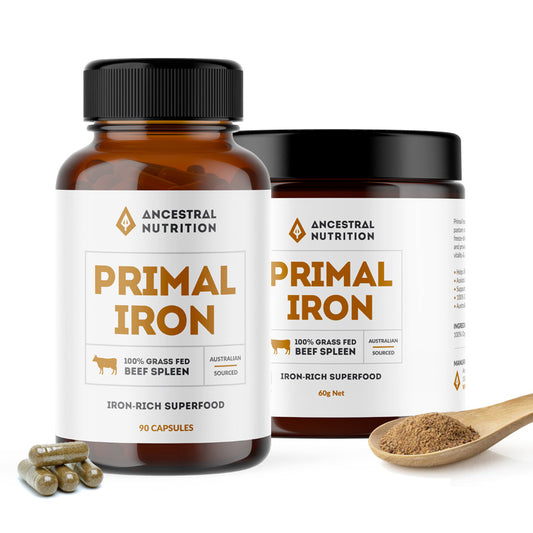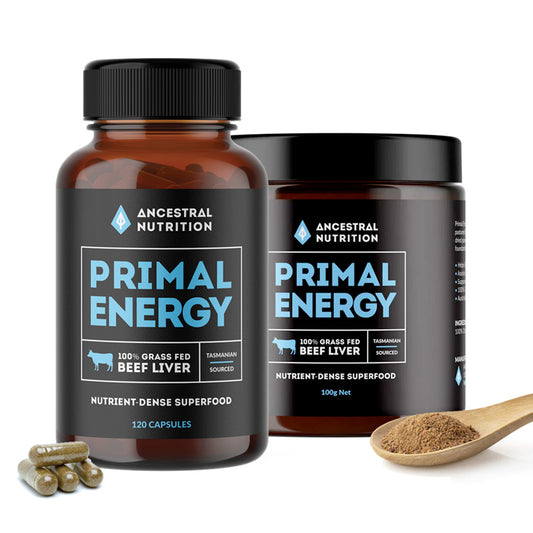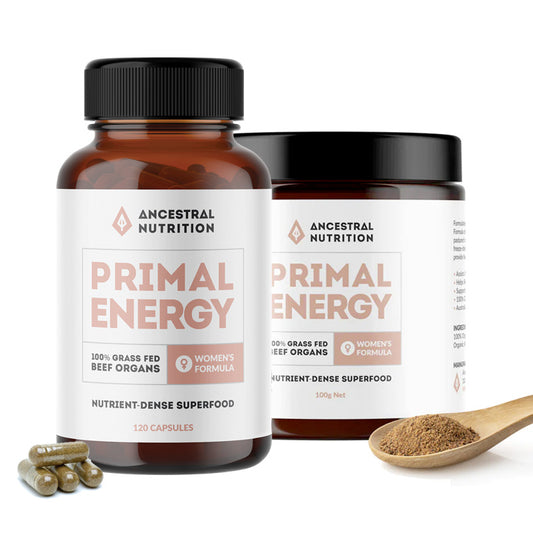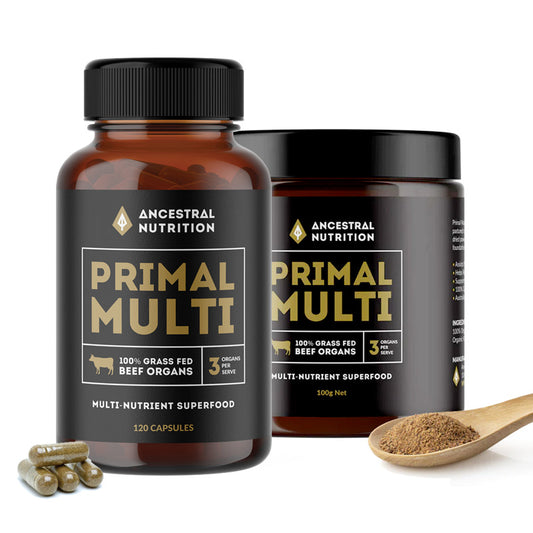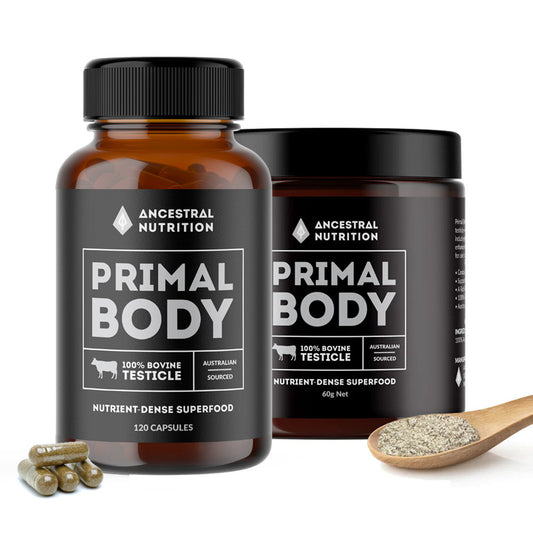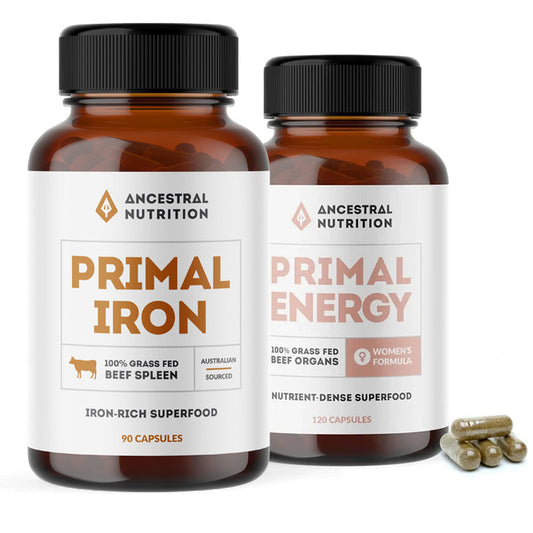Fibre or Fermentation? What Your Gut Actually Wants
article by Ancestral Nutrition
For years, “eat more fibre” has been the universal answer to gut health. But as microbiome science evolves, it’s becoming clear that not all fibre feeds a healthy gut. In fact, what your microbiome really craves may not be fibre at all ... it’s fermentation.
The Fibre Fixation
We’ve been told that fibre is essential for digestive health, bulking stools, speeding transit, and “keeping things moving.” While that’s partly true, most of the fibre in modern diets (especially from processed cereals and powders) doesn’t actually nourish the microbes that matter. It’s inert roughage, a broom, not a meal.
Traditional diets weren’t built on dry, isolated fibre; they were rich in living foods. The gut microbiome evolved alongside fermented plants, raw dairy, cultured meats, and ancestral food preparation methods, everything teeming with enzymes and beneficial bacteria.
Fibre without fermentation is like fuel without fire.
What Fermentation Actually Does
Fermentation transforms raw foods into living ecosystems.
When microbes pre-digest fibres, starches, and sugars, they produce beneficial compounds like lactic acid and short-chain fatty acids (SCFAs) such as butyrate. These SCFAs are the real currency of gut health as they nourish the colon lining, modulate inflammation, and even influence mood and metabolism.
It’s not the fibre itself that strengthens your gut barrier, it’s what the microbes do with it.
Without healthy fermentation, fibre is just filler.
Modern Gut Confusion
Many people today load up on fibre supplements, thinking it’ll restore balance. But in a microbiome already starved of diversity, extra fibre can sometimes cause bloating, discomfort, or even dysbiosis. It’s like dumping compost into an empty garden, without good microbes to break it down, nothing grows.
The missing piece isn’t more fibre, it’s better fermentation. That means feeding the beneficial microbes you already have and reintroducing the species that modern diets and sterile lifestyles have slowly erased.
What Your Gut Really Wants
Your gut doesn’t want isolation, it wants interaction. It thrives on synergy between fibre, microbes, and whole-food substrates. Here’s what that looks like in practice:
-
Fermented foods first. Add small, consistent amounts of sauerkraut, kimchi, kefir, or fermented vegetables. Start with a teaspoon and build up, quality matters more than quantity.
-
Feed with real fibre. Choose whole fruits, root vegetables, and cooked greens over bran powders or synthetic fibre blends. Nature’s matrix matters.
-
Support the soil. Think of your microbiome as a living garden, nourish it with diversity, not restriction. A mix of prebiotic plant fibres and postbiotic fermented foods helps balance microbial populations.
- Avoid over-sterilisation. Constant antibacterial habits, refined diets, and excessive seed oils weaken the gut ecosystem. Whole, minimally processed foods rebuild it.
The Ancestral Perspective
Our ancestors didn’t count grams of fibre, they fermented, soaked, sprouted, and slow-cooked their food. Every meal carried microbial wisdom passed down through culture, soil, and shared life. They didn’t fear bacteria; they partnered with it.
That partnership is what modern health trends miss. You can’t supplement your way to a thriving gut; you can only reconnect with the natural processes that built it in the first place.
If you want a happier, more resilient gut, think less about grams of fibre and more about the fermentation story behind your food. A spoonful of sauerkraut with your steak may do more for your microbiome than a bowl of bran ever will.

